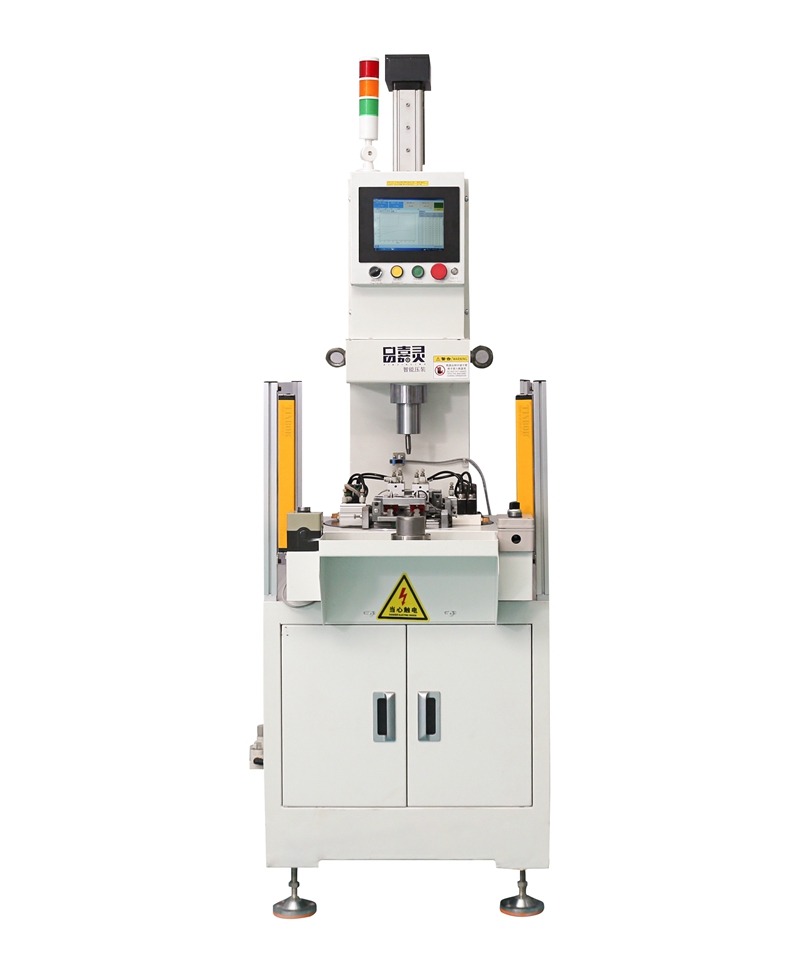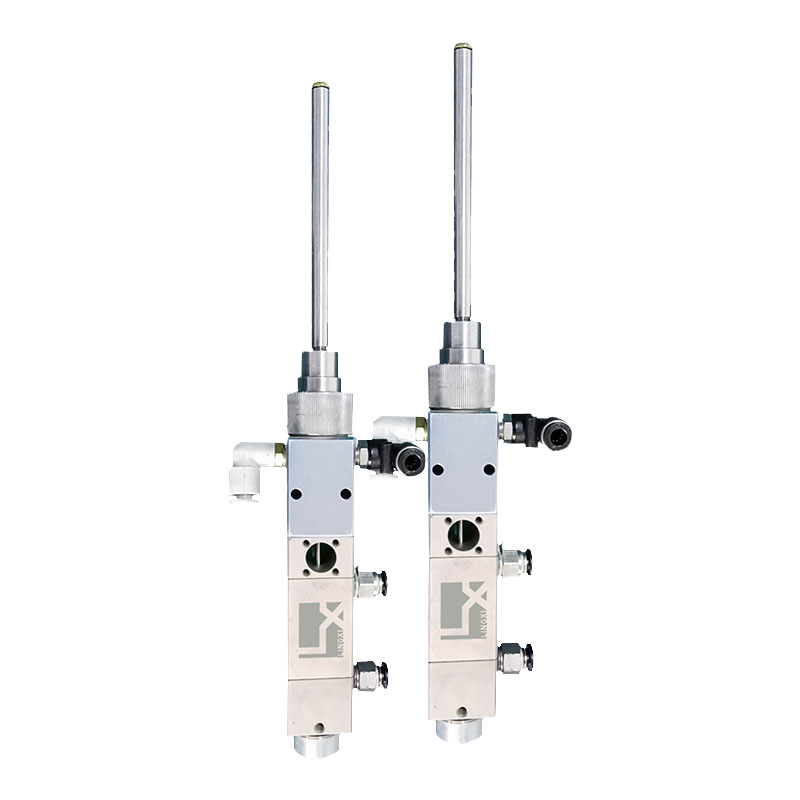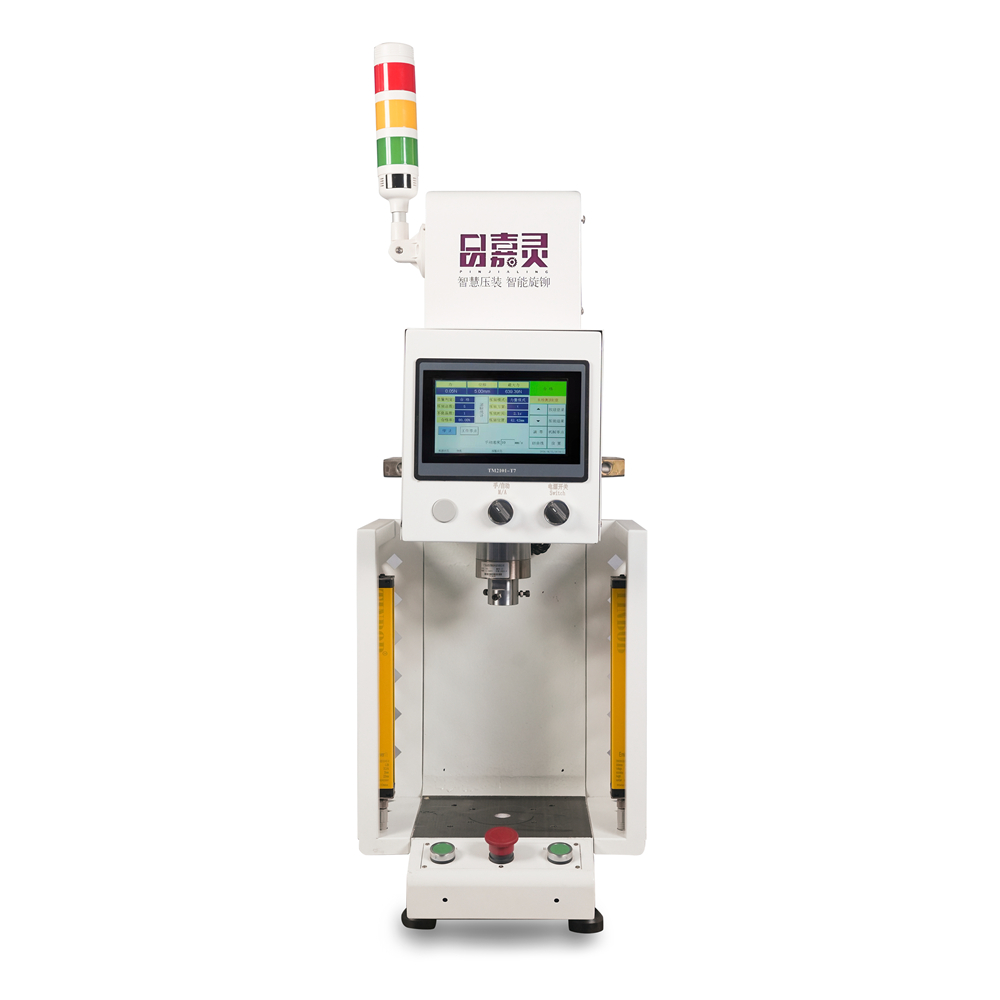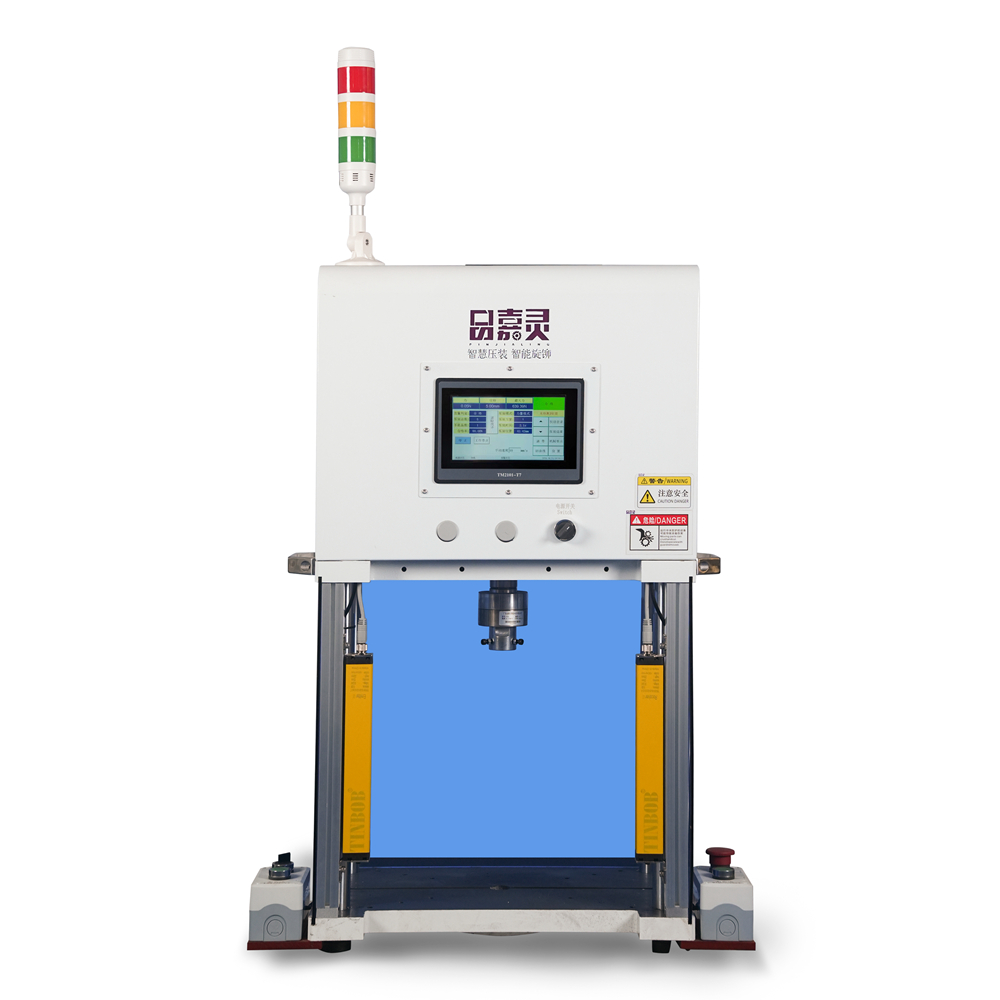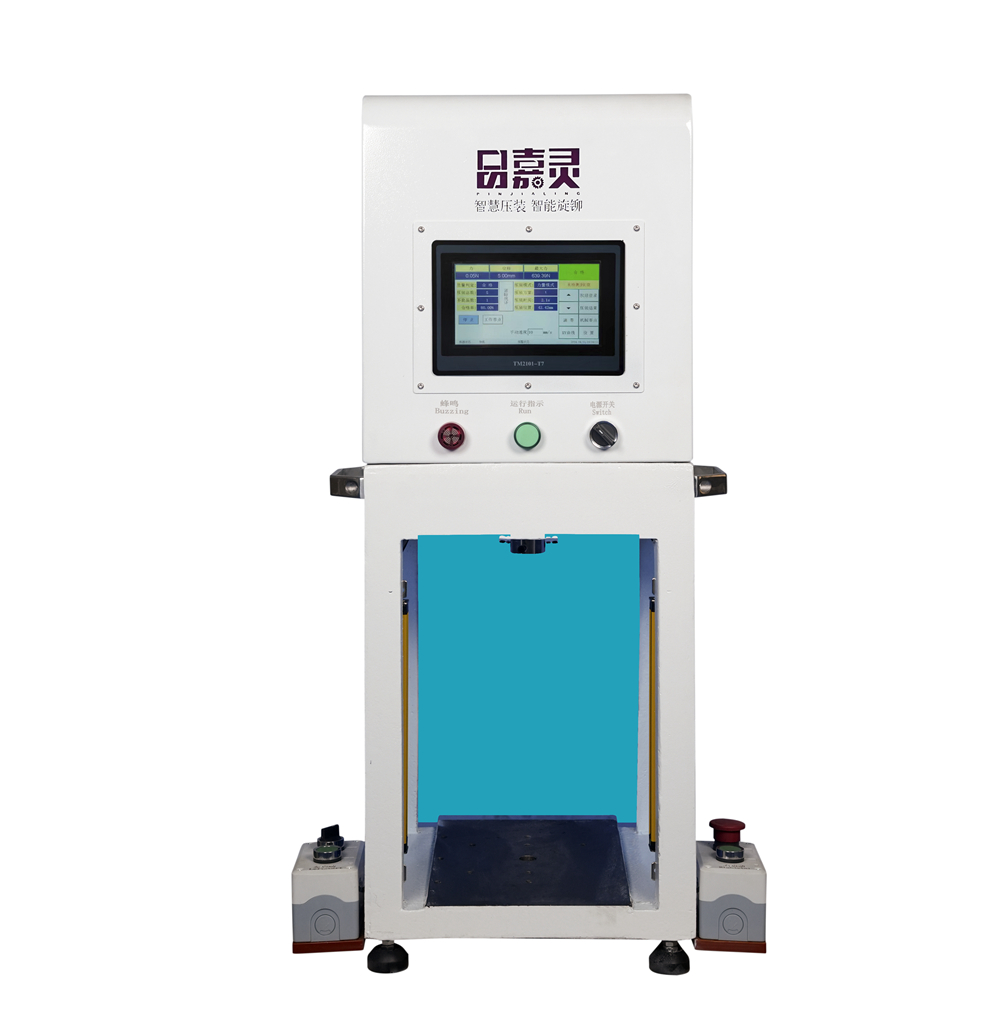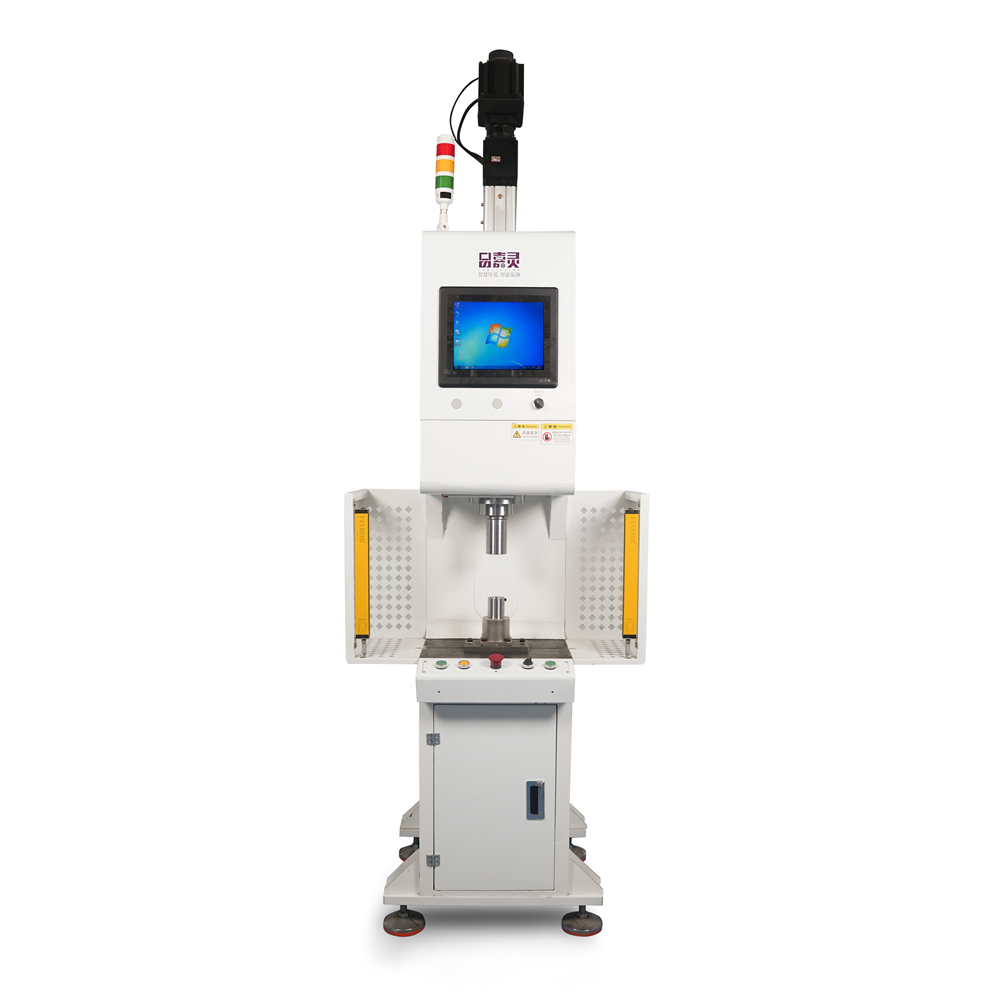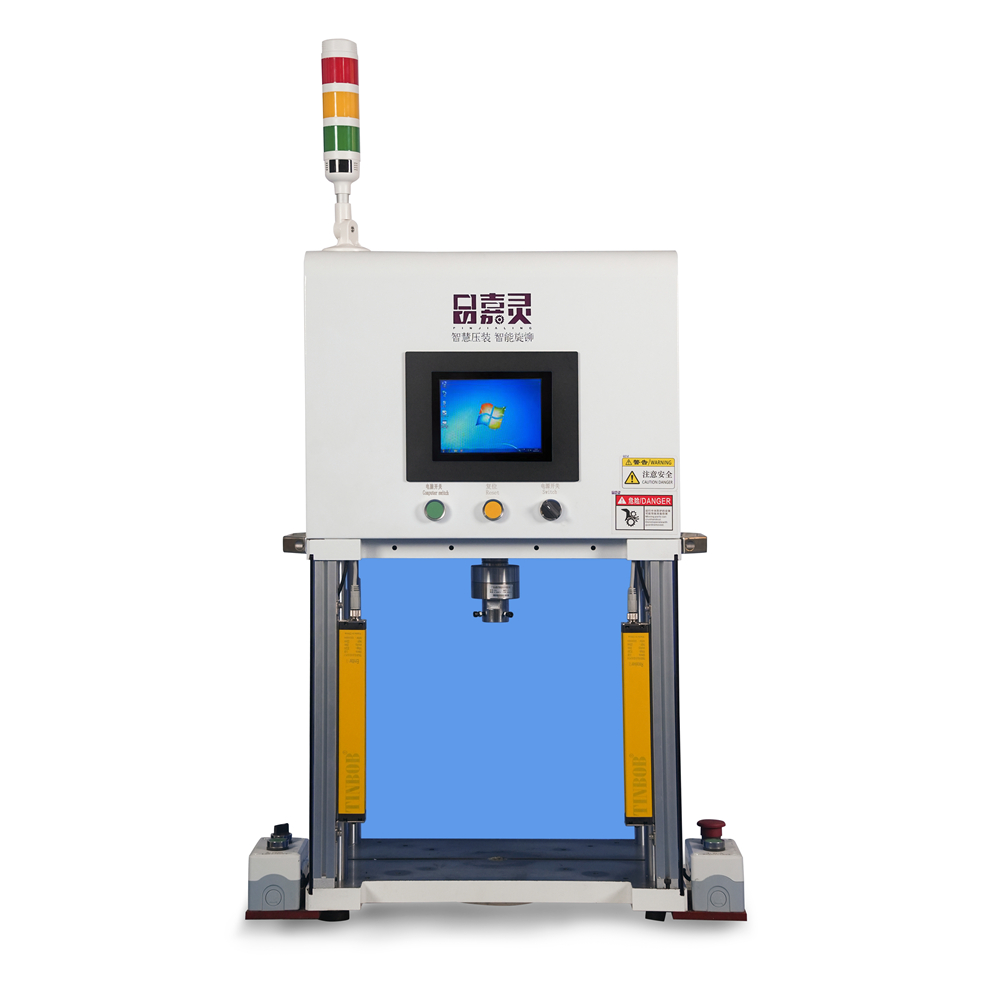What is the difference between Linear actuator press and rotary actuator?
Linear actuators and rotary actuators are both types of actuators, but they differ in the type of motion they produce. Here’s a brief explanation of each:
Linear Actuator:
Motion Type: Linear actuators produce linear motion, meaning they move in a straight line.
Components: A linear actuator typically consists of a motor, a lead screw or rod, and a mechanism to convert the rotary motion of the motor into linear motion.
Applications: Linear actuators are used in applications where there is a need for linear movement, such as opening and closing doors, extending or retracting components, and in various manufacturing processes that require linear motion.
Rotary Actuator:
Motion Type: Rotary actuators produce rotational motion, meaning they rotate around an axis.
Components: A rotary actuator usually consists of a motor and a mechanism to convert the linear motion of the motor into rotary motion. Examples of mechanisms include gears or a crankshaft.
Applications: Rotary actuators are used in applications where rotational movement is required. This can include tasks like turning a valve, opening or closing a damper, or any operation that involves rotating something.

Key Differences:
Motion Type: The primary difference is the type of motion they produce—linear actuators move in a straight line, while rotary actuators rotate around an axis.
Components: While both types involve a motor, the key difference lies in the mechanism used to convert the motor’s motion. Linear actuators use lead screws or rods for linear motion, while rotary actuators use gears or other mechanisms for rotational motion.
Applications: The choice between a linear or rotary actuator depends on the specific requirements of the application. If a task involves linear movement, a linear actuator is chosen. If it involves rotation, a rotary actuator is the suitable choice.
In summary, the fundamental distinction is in the type of motion each actuator produces, and the choice depends on the nature of the task or application.
- Customized Servo Press Machine for Complex Material Forming Processes
- Customized Servo Press Machine for Complex Material Forming Processes In the realm of...
- Servo Press Machine Manufacturer After Sales Support and Service
- In the manufacturing sector, the reliability and efficiency of machinery play a crucial role in...
- Desktop Servo Press Machine Integration with Automated Production Lines
- The integration of desktop servo press machines with automated production lines has emerged as a significant...
- Servo Press Machine Industry Standards and Compliance Requirements
- The servo press machine industry has established a variety of standards and compliance requirements crucial for manufacturers...
- Servo Press Machine Control Systems and Their Impact on Productivity
- Servo press machines have emerged as significant assets in various manufacturing sectors due to their...
- Horizontal Servo Press Machine Cycle Time Reduction Strategies
- In a manufacturing setting, improving efficiency is paramount, and one way to achieve this is...


